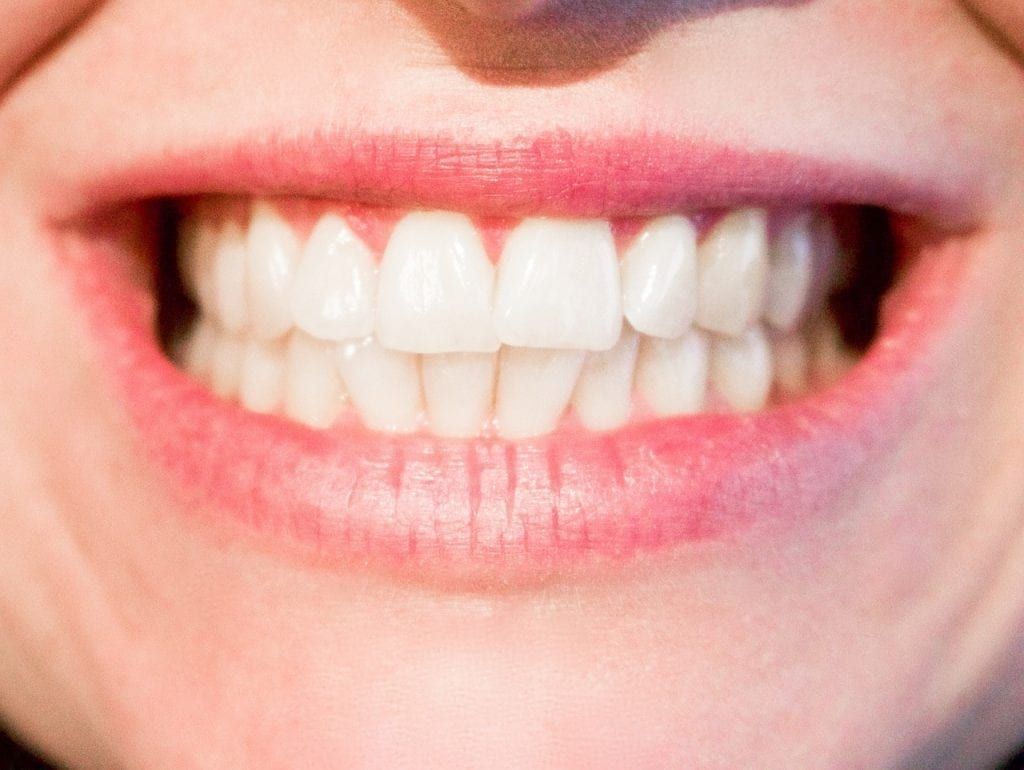A new wonder material could keep a tooth alive after a root canal and even generate new enamel, according to scientists.
Long and painful root canals are on most people’s list of dreaded dental procedures and a last resort for dealing with infected teeth before extraction.
Dentists drill off the top of the tooth to get into the infected tissue – dental pulp – which once removed is replaced with tiny rubber rods called gutta percha.
The tooth is then capped with a crown which leaves the tooth repaired but dead.
As there is no living soft tissue remaining, the tooth is more susceptible to future infection and falling out.
But scientists may have found a way to keep the tooth alive after developing a biomaterial called peptide hydrogel.
It is designed to stimulate the growth of new blood vessels and tissue.
And one day rotten teeth could be repaired with just a simple injection.
Lead researcher Professor Vivek Kumar explained: “What you end up with after a root canal is a dead tooth.
“It’s no longer responsive.
“There are no nerve endings or vascular supply.
“So the tooth is very susceptible to subsequent infection and, ultimately, falling out.”
Prof Kumar and Dr Peter Nguyen, from the New Jersey Institute of Technology, wanted to develop a biomaterial that could be injected in the place of the iron rods.
They wanted a material that would stimulate both angiogenesis, new blood vessel growth, and dentinogenesis, the increase of dental pulp stem cells, within the tooth.
Prof Kumar had previous success developing a hydrogel that stimulates blood vessel growth when injected under the skin of rats and mice.
The hydrogel, which is liquid during injection, contains peptides that self-assemble into a gel at the injection site.
The peptides contain a snippet of a protein called vascular endothelial growth factor, which stimulates the growth of new blood vessels.

Prof Kuman found the biomaterial stimulated blood vessel growth and stayed under the rodents’ skin for as long as three months.
He said: “We asked the question, if we can stimulate angiogenesis in a limb, can we stimulate angiogenesis in other regions that have low blood flow?
“One of the regions we were really interested in was an organ in and of itself, the tooth.”
So the team added something else to the mix – a piece of a protein that makes dental pulp stem cells multiply.
They found the peptide not only caused the cells to multiply, but also activated them to deposit calcium phosphate crystals – the mineral that makes up tooth enamel.
However, when injected under the skin of rats, the peptide degraded within one to three weeks.
Prof Kumar said: “This was shorter than we expected, so we went back and redesigned the peptide backbone so that we currently have a much more stable version.”
Now, the team is injecting the peptide hydrogel into the teeth of dogs that have undergone root canals to see if it can stimulate dental pulp regeneration in a living animal.
If these studies go well, the researchers plan to move the hydrogel into human clinical studies.
The hydrogel in its current form will not likely reduce the invasiveness or pain of a root canal, but the team are planning future versions of the peptide that contain antimicrobial domains, a substance which can kill the infected tissue and leave the rest.
Prof Kumar said: “Instead of having to rip out everything inside the tooth, the dentist could go in with a smaller drill bit, remove a little bit of the pulp and inject our hydrogel.”
The antimicrobial portion of the peptide would kill the infection, preserving more of the existing dental pulp, while helping grow new tissue.
The results were presented at the 256th National Meeting & Exposition of the American Chemical Society (ACS) in Boston
ENDS

